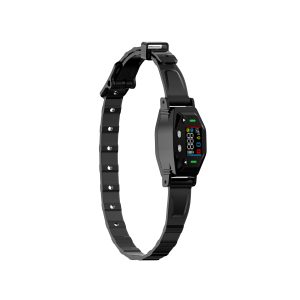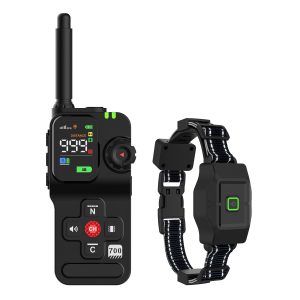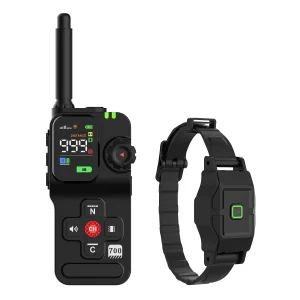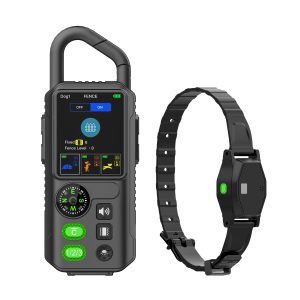The Pros and Cons of Wired and Wireless Dog Fences
Choosing the right fence for your furry friend is crucial to their safety and well-being. When it comes to wired and wireless dog fences, there are various factors to consider that can impact your decision.
Wired Dog Fences
Wired dog fences are known for their reliability and durability. They require installation of an underground wire around the perimeter of your yard. This type of fence offers a consistent boundary for your pet and can cover a larger area compared to wireless options. On the downside, installation can be time-consuming and potentially costly.
Wireless Dog Fences
Wireless dog fences, on the other hand, are easy to set up and are suitable for renters or those who don’t want the hassle of digging up their yard. These fences use a transmitter to define a boundary, emitting a signal to your pet’s collar when they approach the limit. However, wireless fences may be prone to signal interference and have limitations on the size and shape of the boundary.
Making Your Decision
When choosing between wired and wireless dog fences, consider factors such as your yard size, installation preferences, budget, and the temperament of your pet. While wired fences offer a more reliable boundary, wireless fences provide convenience and flexibility.
Ultimately, the best choice depends on your specific needs and the unique characteristics of your pet. Be sure to research thoroughly and consult with a professional before making a decision.
Remember, the safety of your furry friend should be a top priority!
Whether you opt for a wired or wireless dog fence, ensuring your pet stays safe within the boundaries of your property is essential for their well-being. Consider the advantages and disadvantages of each type of fence to make an informed decision that suits both you and your beloved canine companion.




